Pergolas, arbors, and trellises look mighty boring without a plant wrapped around their nooks and crannies.
But why should you bother finding trellis plants to cover your garden structure? It might be to provide privacy, add a decorative element, or save space in a small area. And if you’ve run out of room on the ground, you can utilize walls, pergolas, and arbors as a support to grow vining food vertically.
A Cautionary Tale Of Climbing Vines
Careful, though. Not all vining plants are ideal for every garden space. Educate yourself on the best species for your area. While quick-growing vines seem like an attractive option now, a vigorous plant can quickly become troublesome and invasive.
I know from experience. When we moved into our home nearly five years ago, we noticed the previous owners had planted a wonderful vining plant to add extra privacy to the yard area. The vine has quickly grown out of hand, and we’re currently fighting it every summer as it attempts to creep into our garden beds and up our home’s brick wall.
A Sturdy Support
Before adding a trellis plant to your garden, be sure to check that the support itself is sturdy enough to hold a plant. This is especially important if you plan to grow vegetables vertically. Will your arbor or trellis be able to support the weight of mature squash or cucumber? Your structure should be properly mounted or installed so that it doesn’t wobble or waver.
Related Post: 30 Lovely Garden Trellises
Our list includes a combination of flowering vines and vining vegetables, so you can pick between an attractive decorative element or one that will offer plenty of produce during the summer season. Read on to learn more about some trellis plants that deserve a place in your garden.
Runner Beans
These pretty beans are unlike pole and bush beans because they climb by way of vining. Another distinguishing feature is that they produce gorgeous, vibrant red flowers, so they’re not only an excellent food source, they also provide a beautiful display. Some varieties produce different colored flowers.
Related Post: Canning Green Beans
Keep your eyes open though. Japanese beetles love to munch on runner bean foliage. Keep a close eye on your newly planted crop to check for an infestation. Plant them in full sun and be sure to mulch to conserve moisture for the plant’s shallow roots. Grow runner beans in zones 3 to 10.
Summer And Winter Squash
Squash plants are typically easy to grow, but they require a fair bit of space in the garden. Instead of sacrificing precious ground area, try your hand at growing squash vertically. For vertical growing, pick vining varieties as opposed to bush varieties.
Related Post: Companion Planting For Summer Squash
You’ll need to train the vines to climb the support structure, but it shouldn’t be long before the plant is climbing on its own. The structure should be solid enough to handle the weight of full grown squash. Underneath your squash trellis, plant shade-tolerant plants like spinach and lettuce. Water well and position in full sun for a prolific harvest. There’s a squash variety suitable for every zone.
Peas
An early crop for many gardeners, peas like cool weather and enjoy a supportive structure as they grow. Without support, peas sprawl onto the ground and are more susceptible to picking up disease. Peas enjoy full sun but can be grown in the shade. The delicate tendrils and small blossoms look quite attractive weaving around a support structure. Peas prefer slightly acidic soil and should be watered sparingly. You can grow them with success in zones 2 to 9.
Cucumbers
Cucumbers are fast growers with pretty yellow blossoms that make them an ideal summer trellis plant. You’ll have to search through the foliage to find ripe cucumbers for picking because once a cucumber is in full growth mode, it spreads quickly and creates a lush canopy of foliage.
Related Post: Growing Cucumbers
This cucurbit family plant enjoys long days in the sun but requires plenty of water to survive — cucumbers are mainly made up of water, after all. Soil should be fertile, and the plant can be grown in zones 4 to 11 without trouble.
Grapes
You don’t need to be a wine fanatic to think about adding a grapevine to your gardenscape. These vigorous vines offer a tasty treat and plenty of foliage for privacy. Plant in soil that’s neutral or slightly acidic and keep in full sun. This tasty and ornamental fruit plant should be pruned regularly and mulched to conserve moisture. Grow in zones 2 to 10.
Melon
Melon is a slightly trickier plant to grow, regardless of whether it’s grown vertical or not. The reason? The plant is sensitive to temperature fluctuations which can affect the resulting taste of the fruit.
Related Post: Companion Planting For Melons
Watering should be done in the morning, and care should be taken not to over water melon plants, as this can lead to bland tasting fruit. Plant in full sun in zones 3 to 11. Extra attention will likely need to be taken in cooler zones.
Malabar Spinach
Malabar spinach isn’t actually a true spinach, but it definitely tastes similar. Where it differs is in its growing habits. The vining plant is actually a perennial (in areas that don’t experience frost — zones 10 and above) and features attractive red stems with succulent-like foliage.
In colder regions, the plant thrives as an annual even in the heat of the summer and can be grown for food or as an ornamental. Unlike regular spinach, it thrives in full sun, but don’t forget to water frequently.
Morning Glory
Morning glory is a flowering vine that’s bound to attract pollinators to your garden. Blooms appear in the fall and summer, and the vine grows well in almost any type of soil. Pick a spot with full sun, though, for best results. Caution: Morning glory has a doppelganger called field bindweed which is an invasive weed. It’s often labeled as a perennial variety of morning glory, but don’t be fooled! Water when it hasn’t rained in a while and mulch to repress weeds. Morning glory grows in zones 3 to 10.
Clematis
The star-shaped flowers of this vining plant make for a tropical-esque ornamental display. You can choose from a variety of clematis vines with different colored flowers. Clematis vines usually take some time to get established, but the result is well worth it. Plant in the sun, but if you’re limited to a partly shaded area, some varieties will grow in the shade. Avoid acidic soils and water frequently during the early days of planting. Clematis vines will thrive in zones 4 to 9.
Sweet Pea
Sweat peas are delicate flowers that look like they’re straight out of a fairy tale. These vining plants look lovely anywhere in the garden but are truly a standout if trained along a trellis or arbor. Plant in alkaline soil and in full sun. The hardy annual plants grow well in almost any region, but germination does take a while if growing from seed. Water in the morning if it hasn’t rained recently.
Climbing Rose
Is there anything more romantic than the sight of a climbing rose vine? Climbing roses are hardier than bush varieties, and because of their popularity, there are a wide range of climbing rose plants to choose.
Related Post: Growing Roses
Full sun is required for thriving roses. Choose a location with well-drained, fertile soil and water regularly, but avoid overdoing it. The hardiness of the plant depends on the variety, but there’s undoubtedly a rose variety for nearly every garden.
American Wisteria
A native vining plant to North America, the American wisteria vine features plenty of greenery with pretty puffs of flowers spread throughout. A late-blooming plant, this vine requires a spot with exposure to full sun but tolerates partial shade. American Wisteria grows particularly well in zones 5 to 9 but may be grown further south as well. Slightly acidic soil is preferred.
Nasturtiums
An annual vining plant that offers a tremendous color display once in bloom. These pretty flowers make an excellent ornamental, and they’re also edible! The easy-to-grow plant needs a spot in the full sun, but otherwise, nasturtiums are incredibly tolerant of poor-quality soils. Water to prevent drought and deadhead spent blooms for a longer flowering period. Grow these anywhere.
Black Eyed Susan Vine
Another annual vine with standout blooms. Vines can grow up to 8 feet in a season and tolerate full sun and partial shade. In zones 9 to 11, the vines are perennial and return every year, so pruning may be necessary. In very hot areas, planting vines in a partially shaded area is recommended. Avoid drought conditions and water consistently throughout the season.
Creeping Fig
An exotic vining plant that looks amazing as a wall cover. Creeping fig works well as a hanging plant, too. It does best in full or partial shade and should not be grown in waterlogged soil. If choosing this plant as a wall covering, carefully consider your options. Over time, it becomes more difficult to dislodge the plant from any structure. Creeping fig is perennial in zones 8 and above.


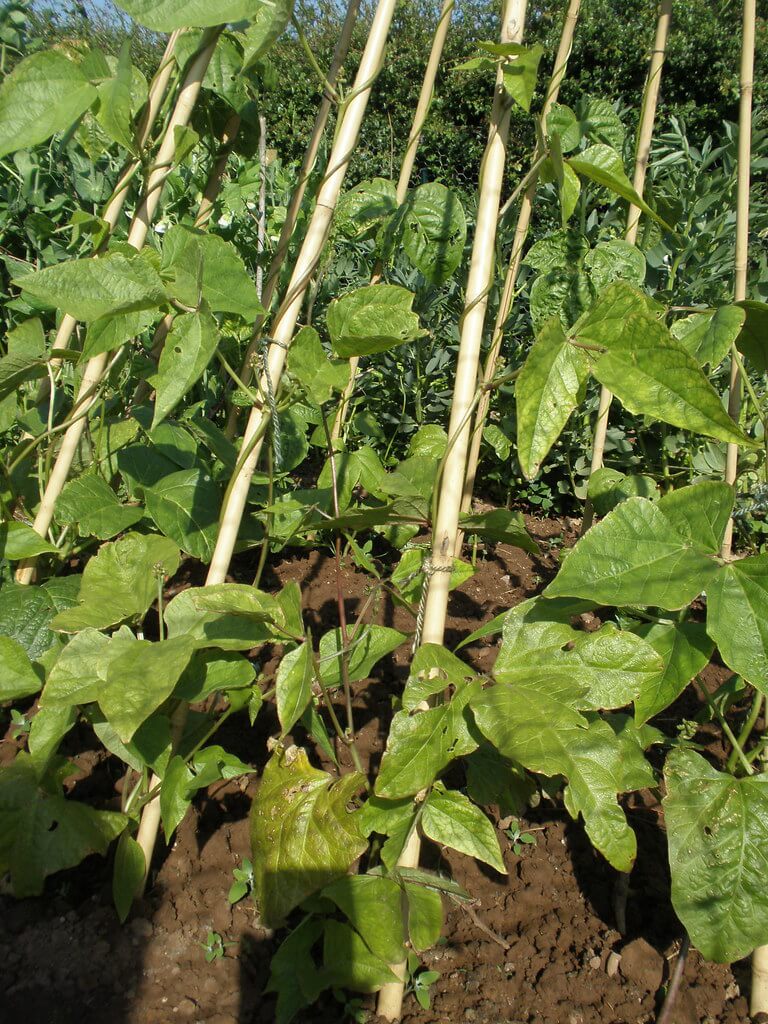
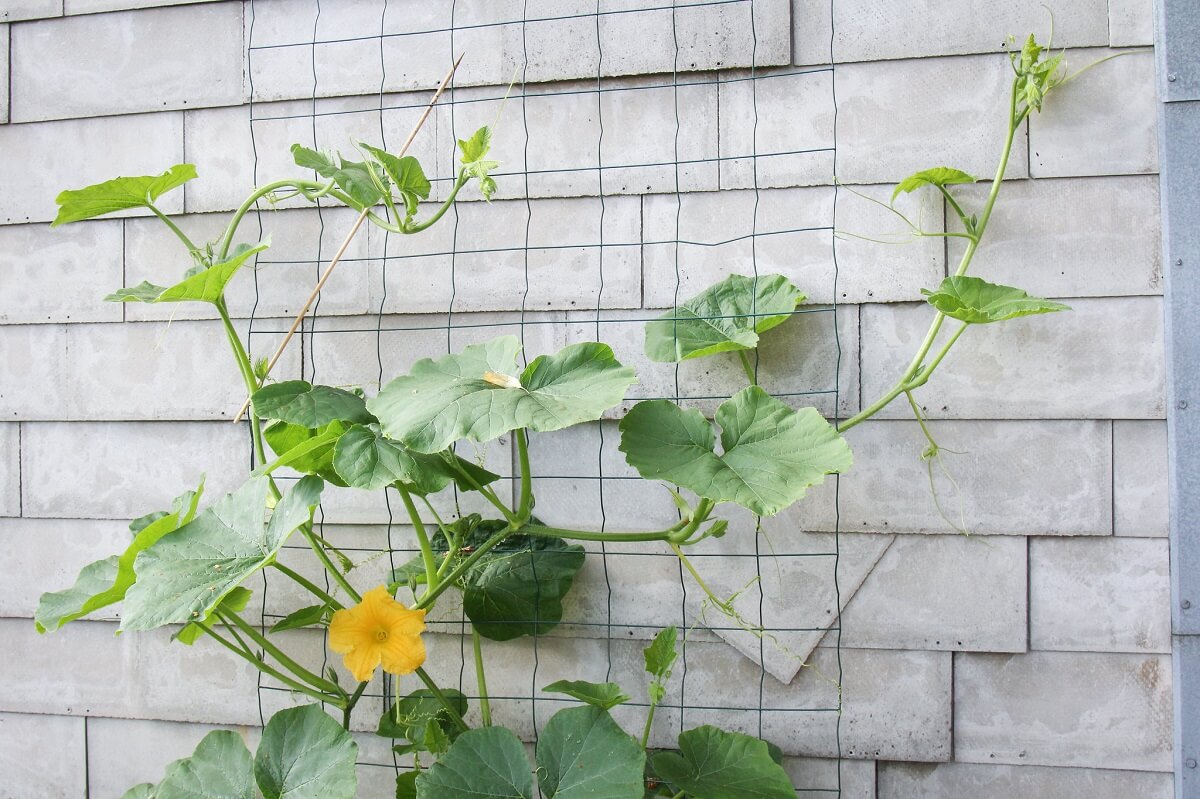
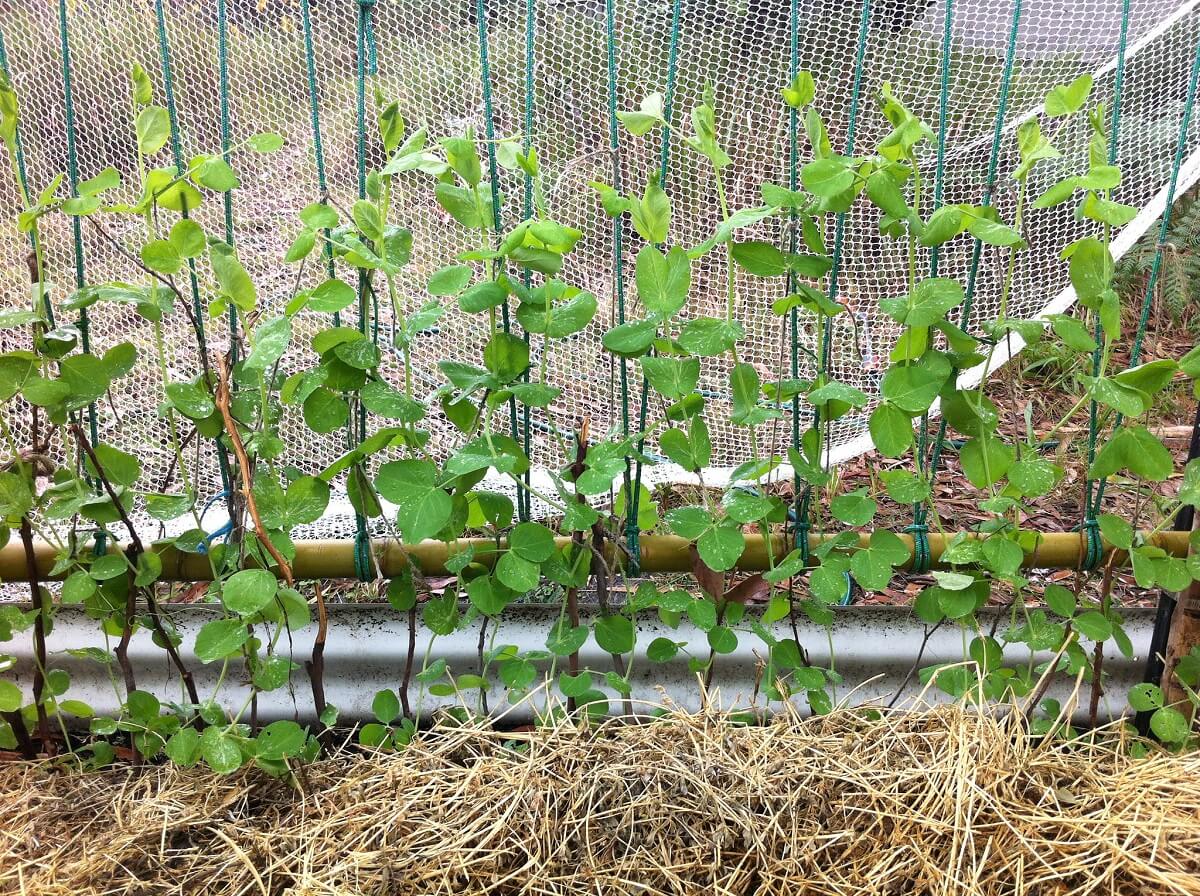
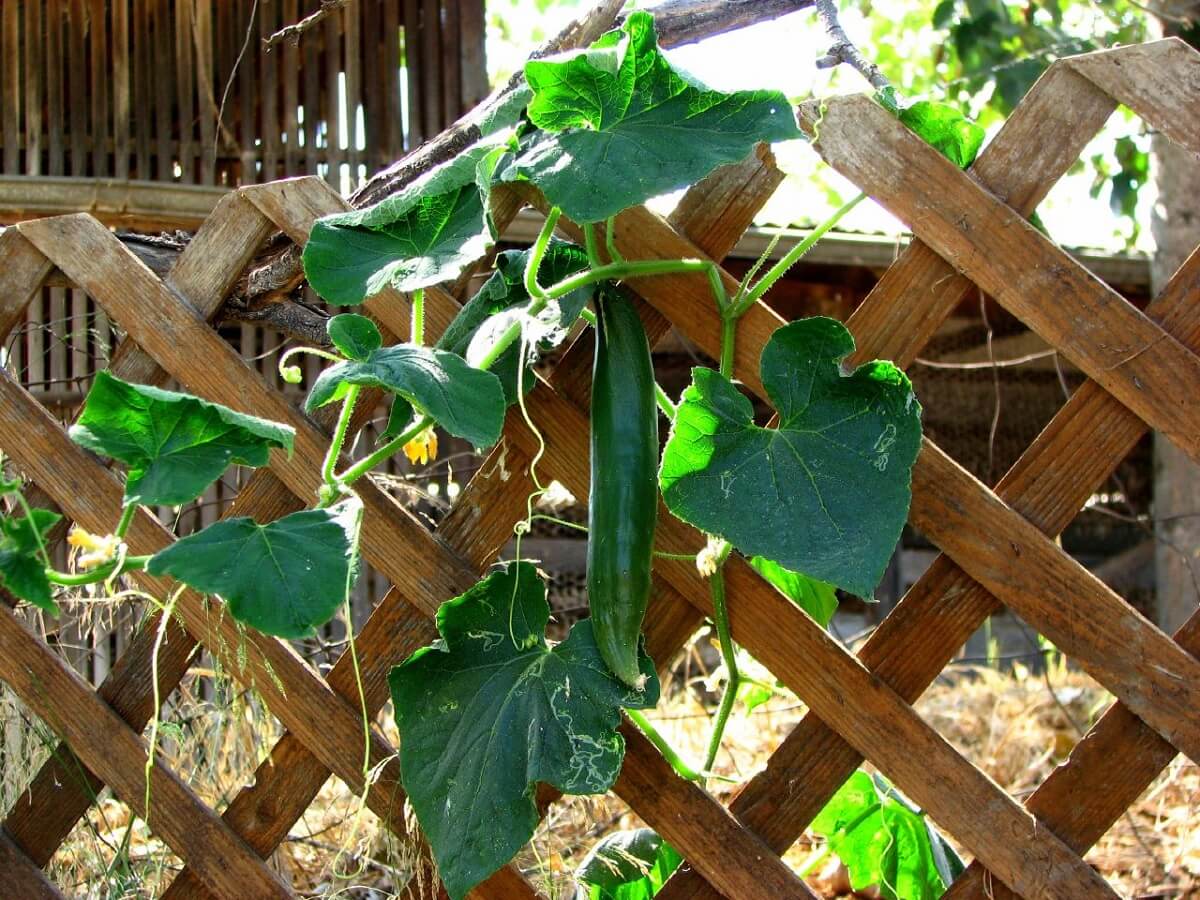
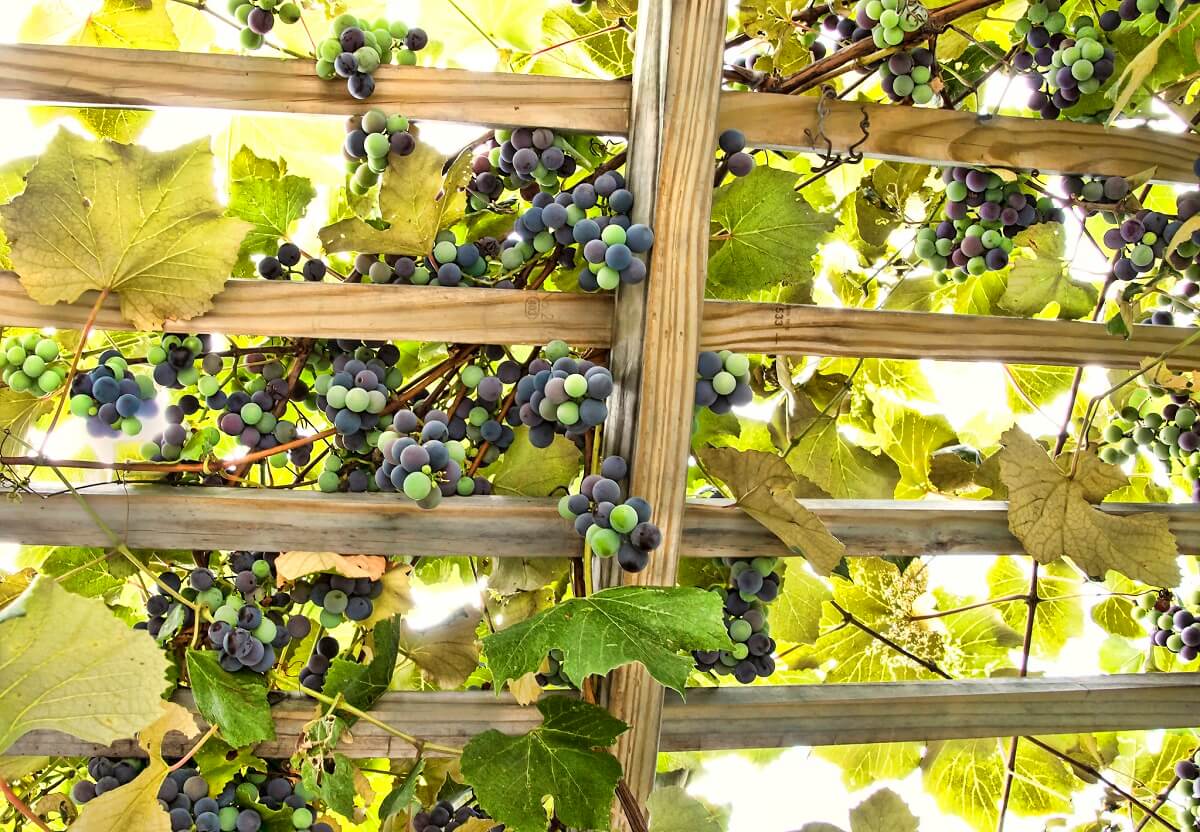
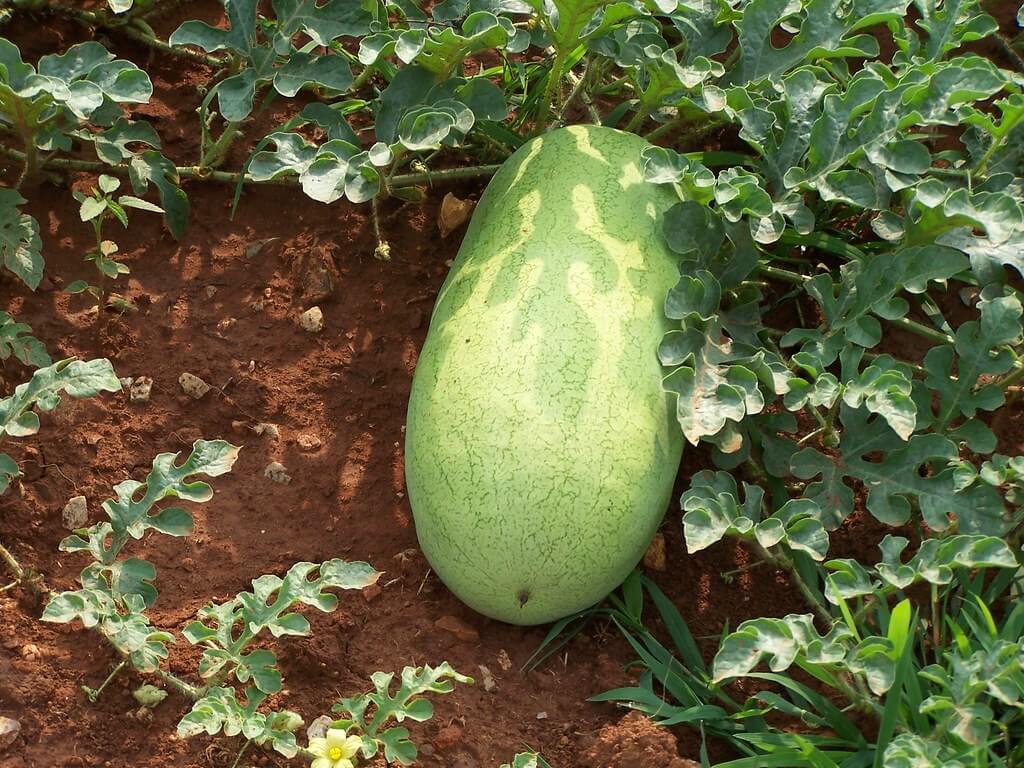
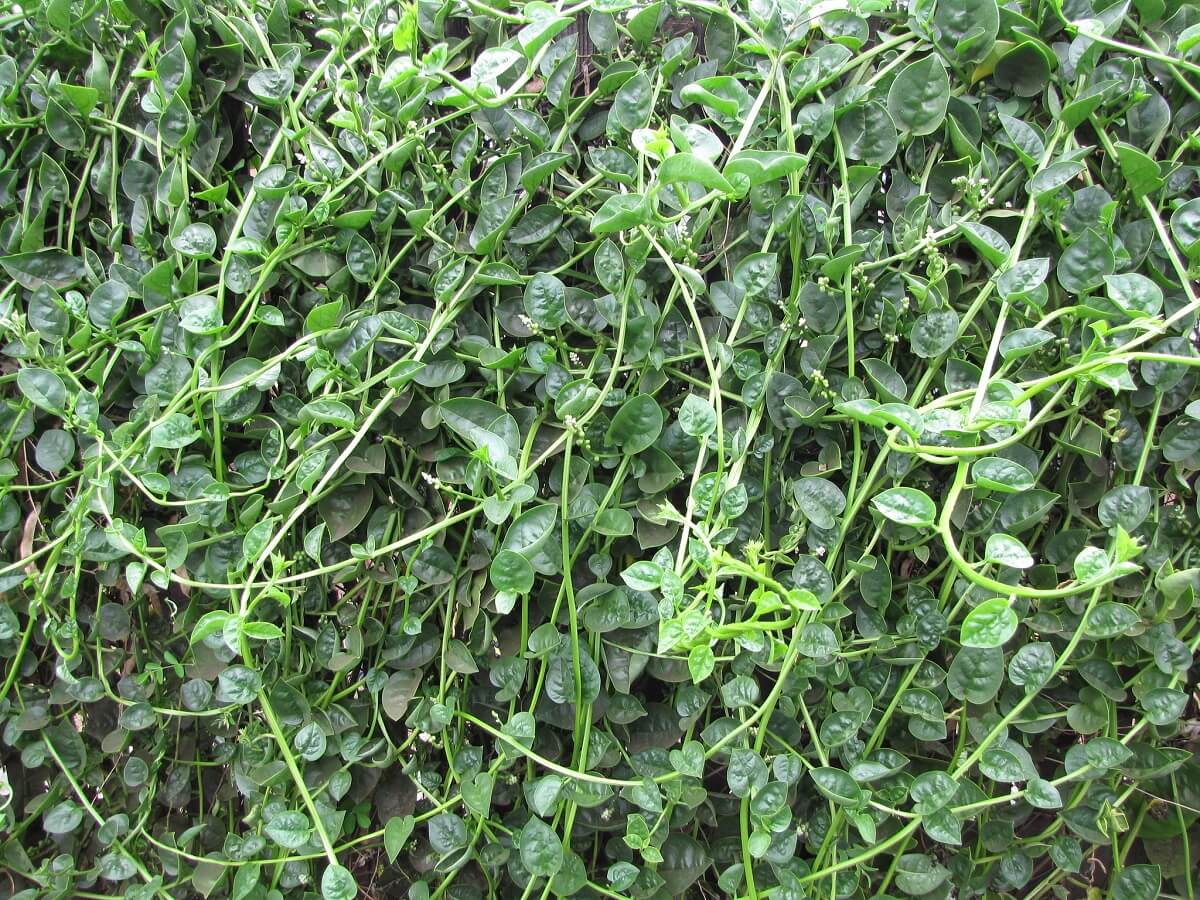
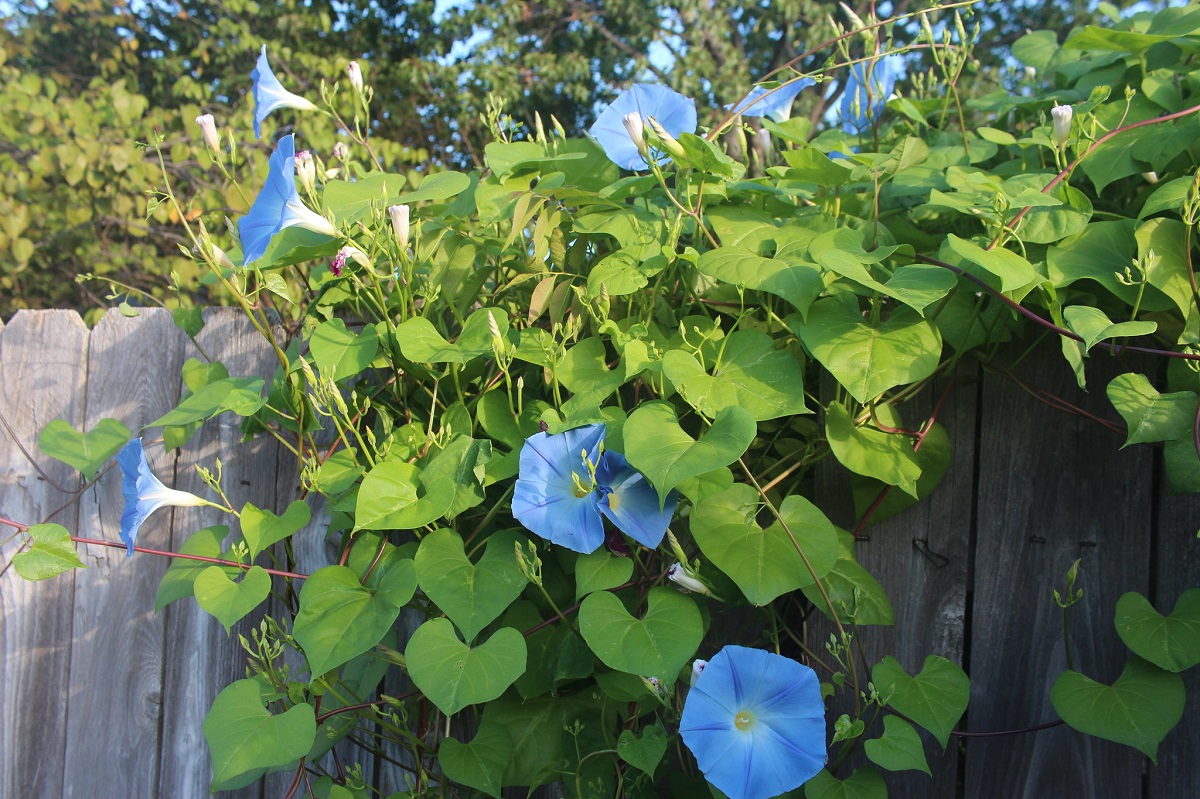
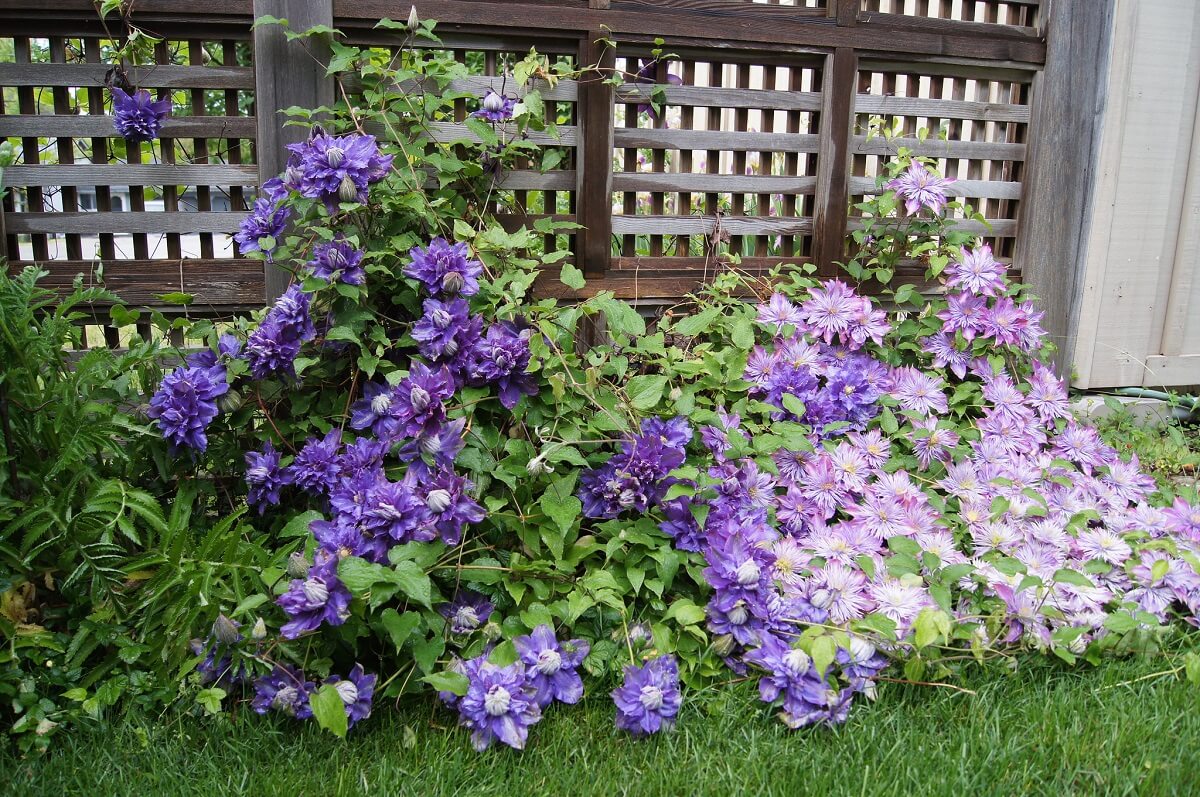
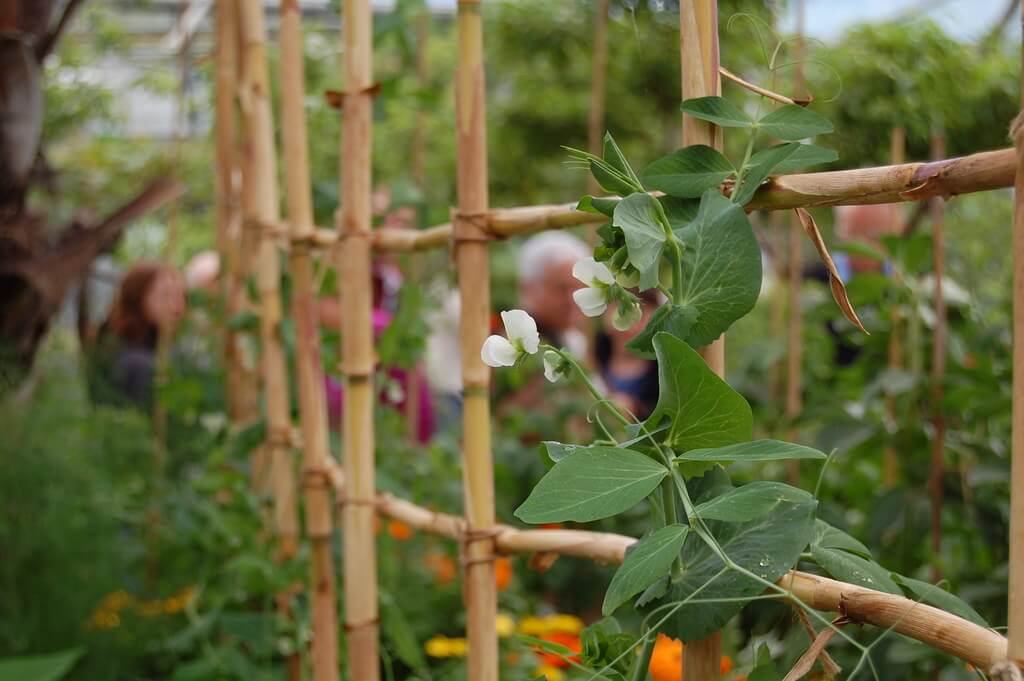
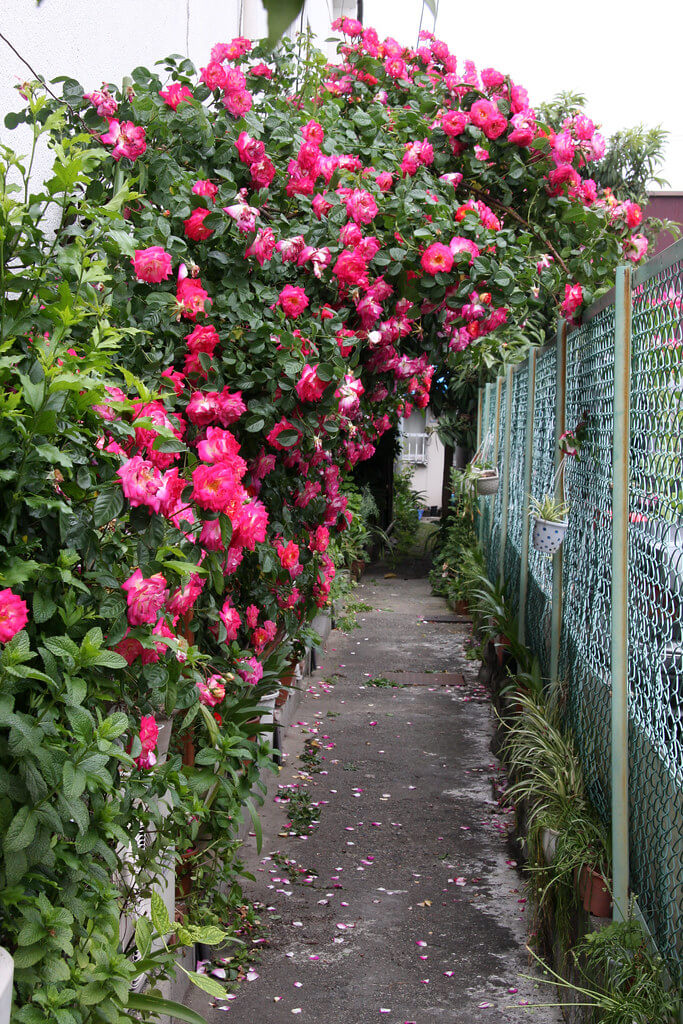
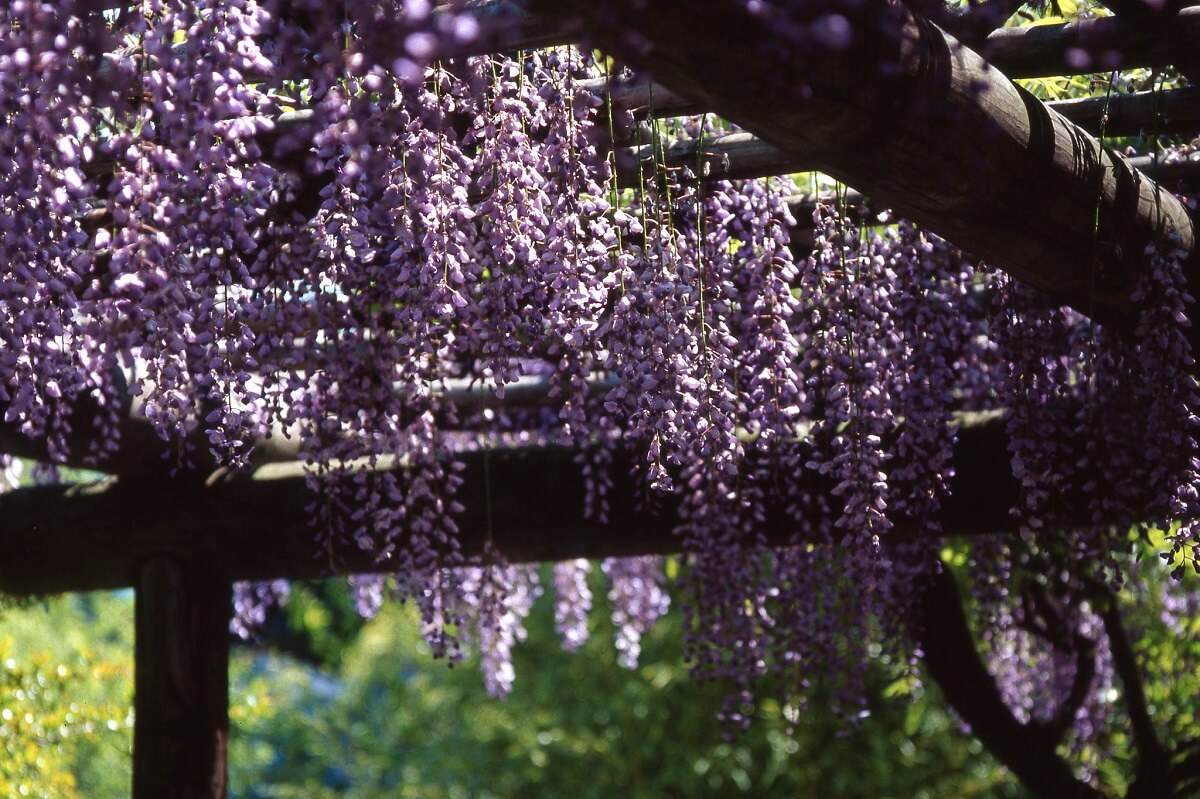
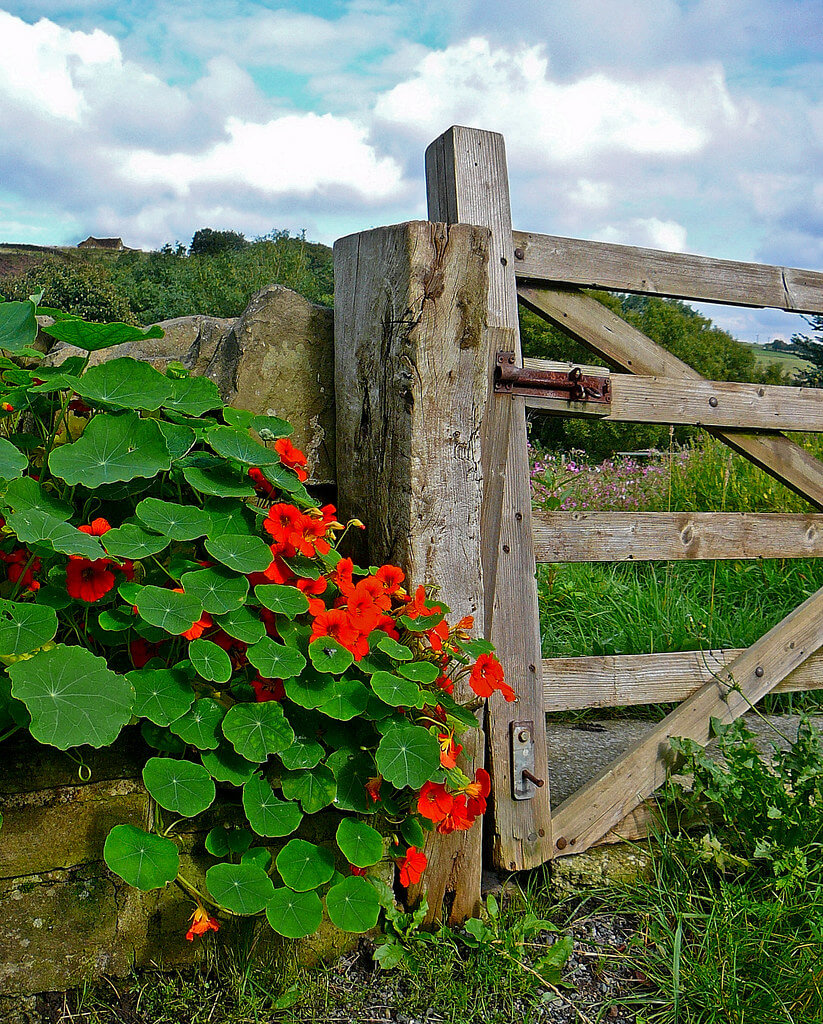
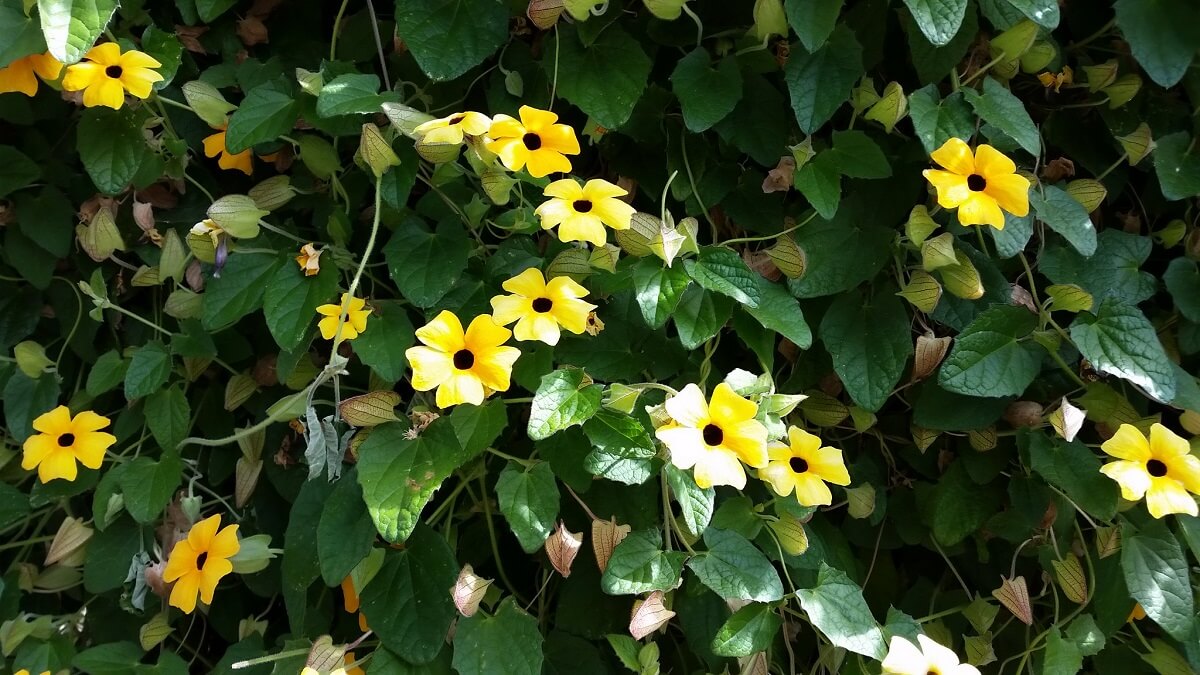
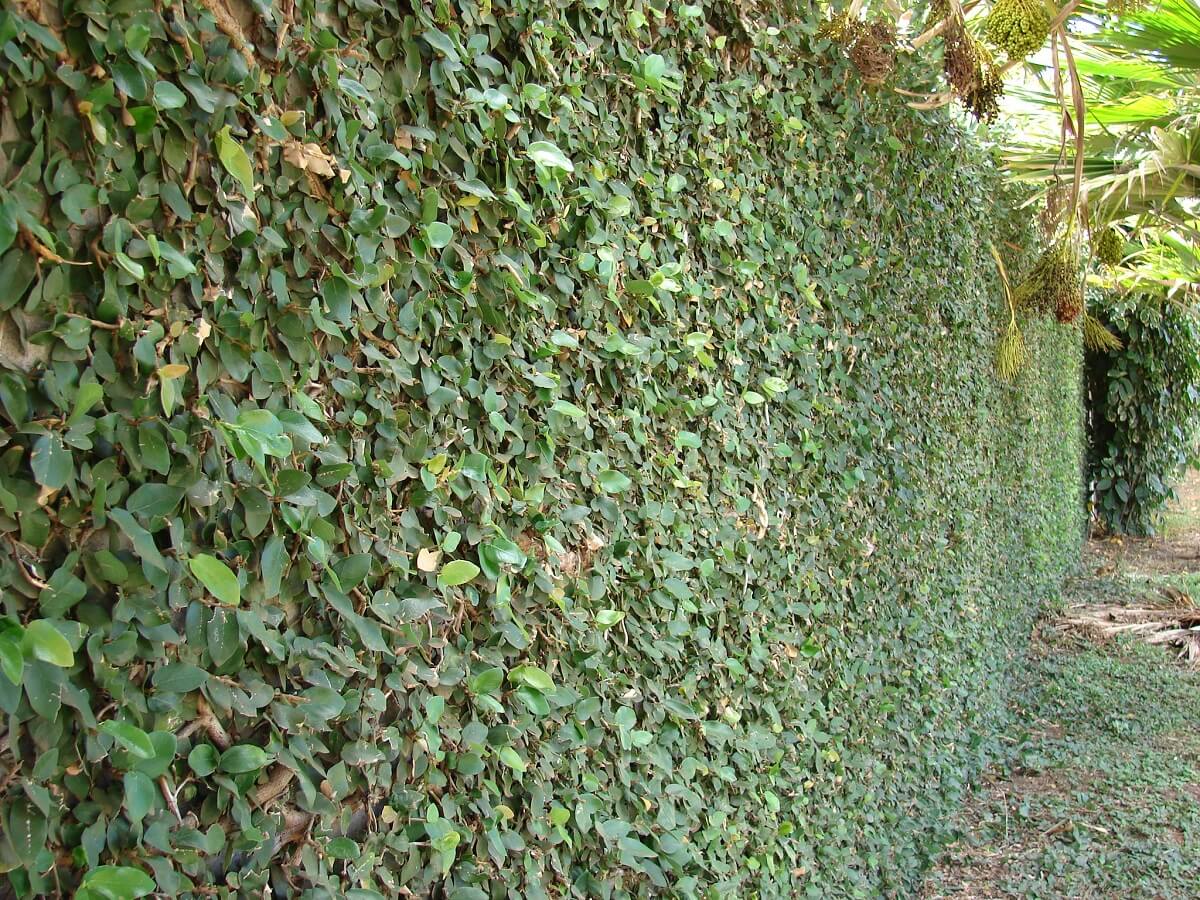

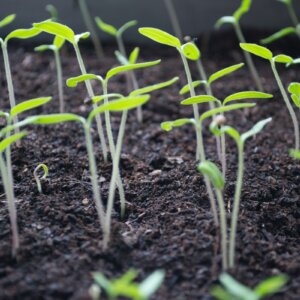



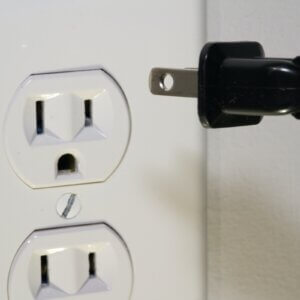

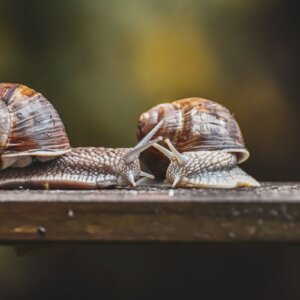

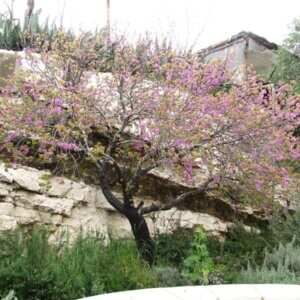

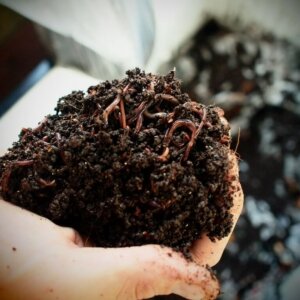



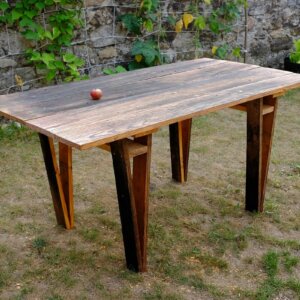


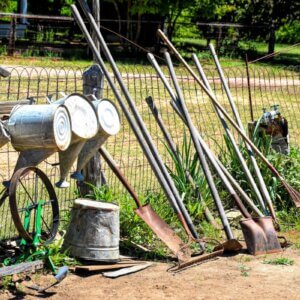



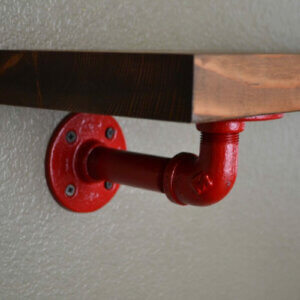





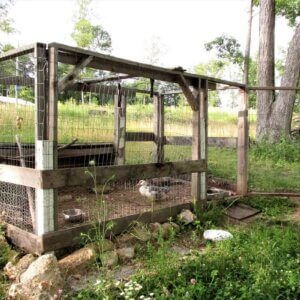

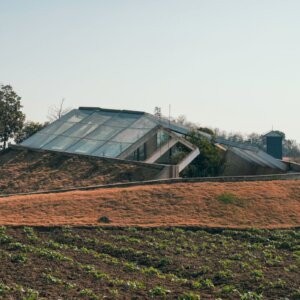
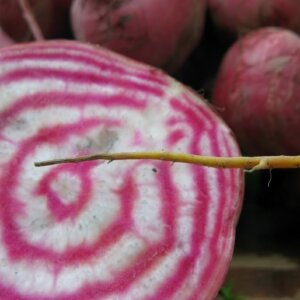





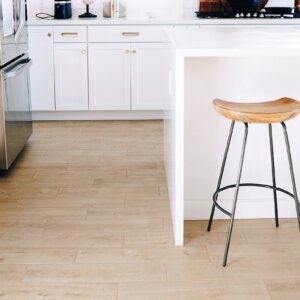
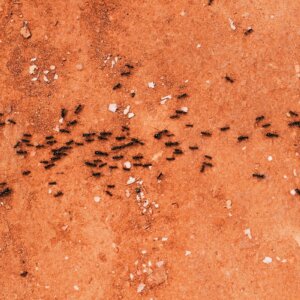
Leave a Reply